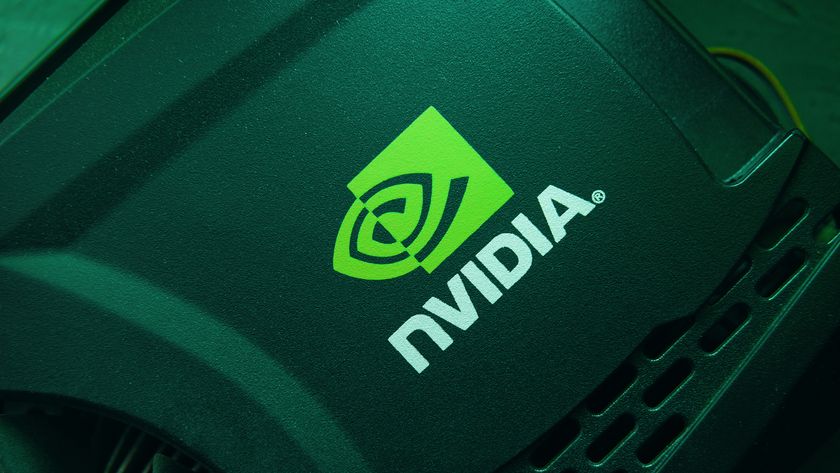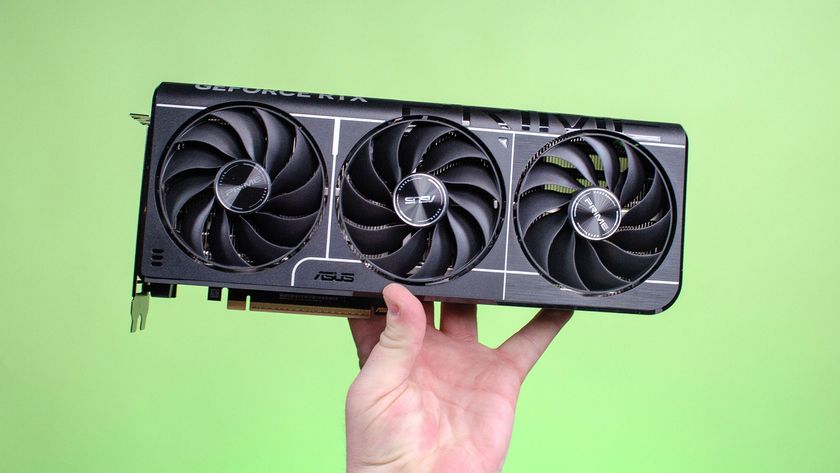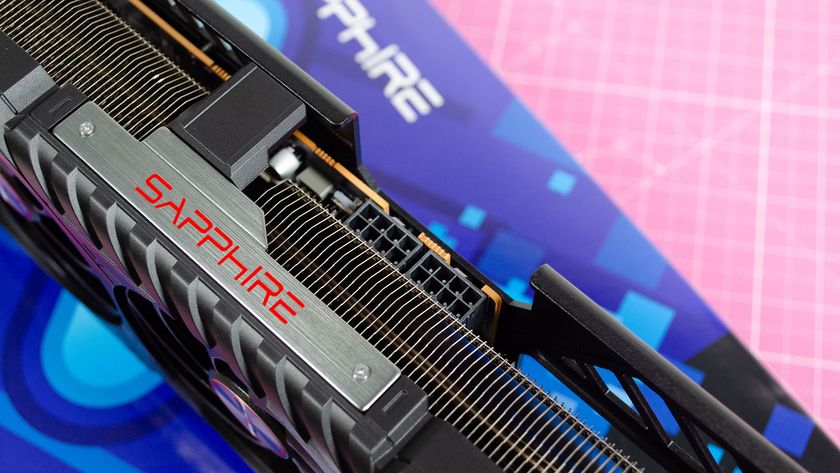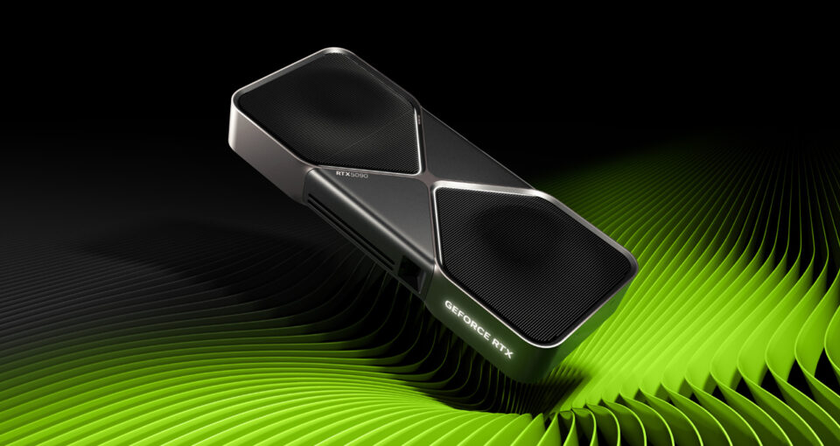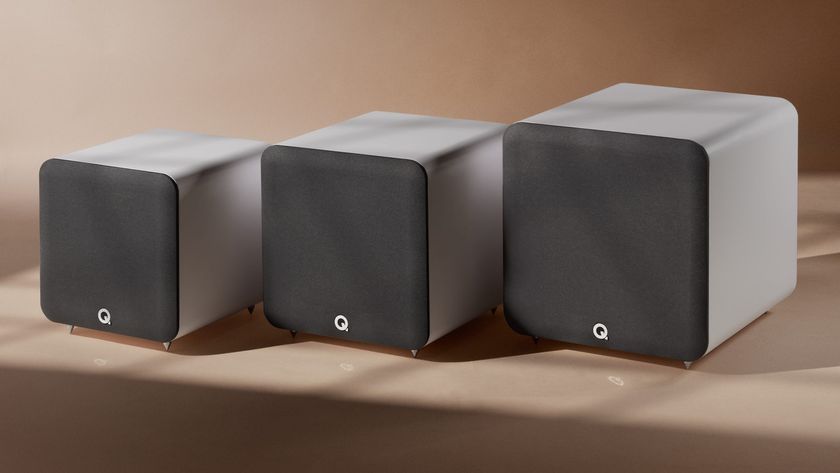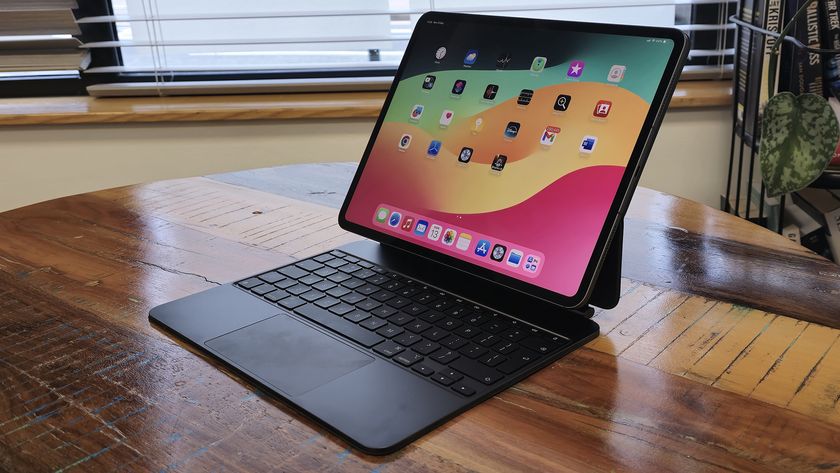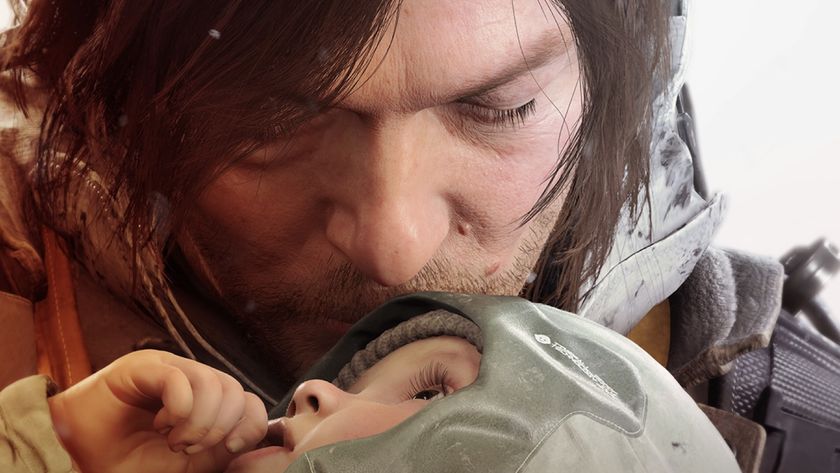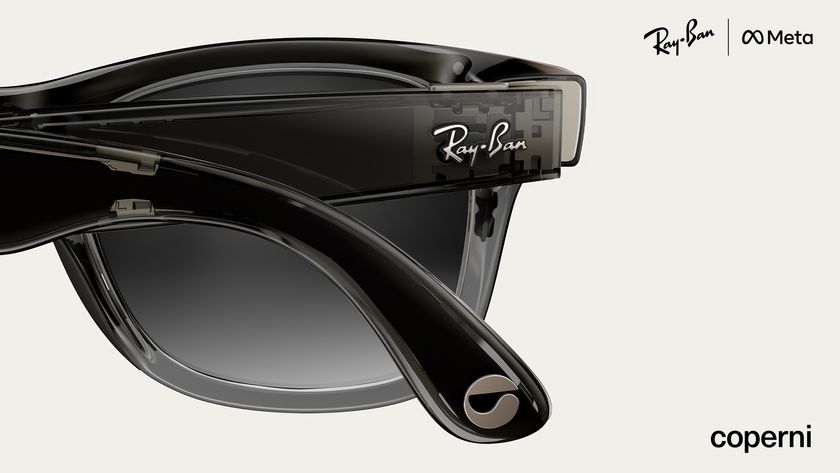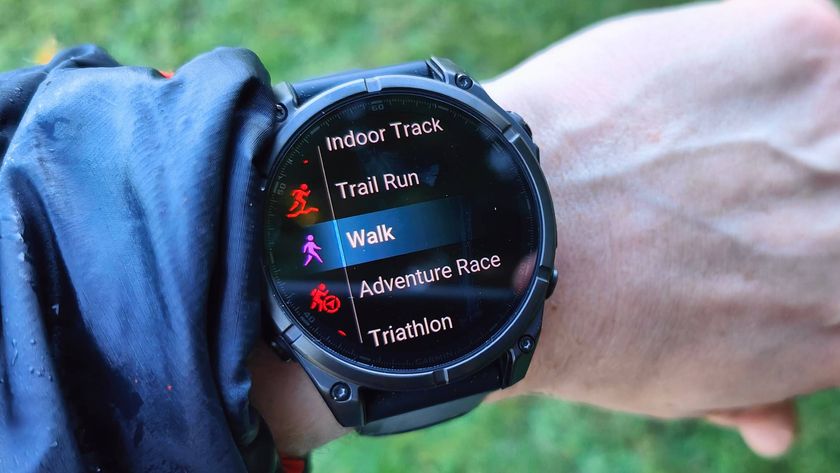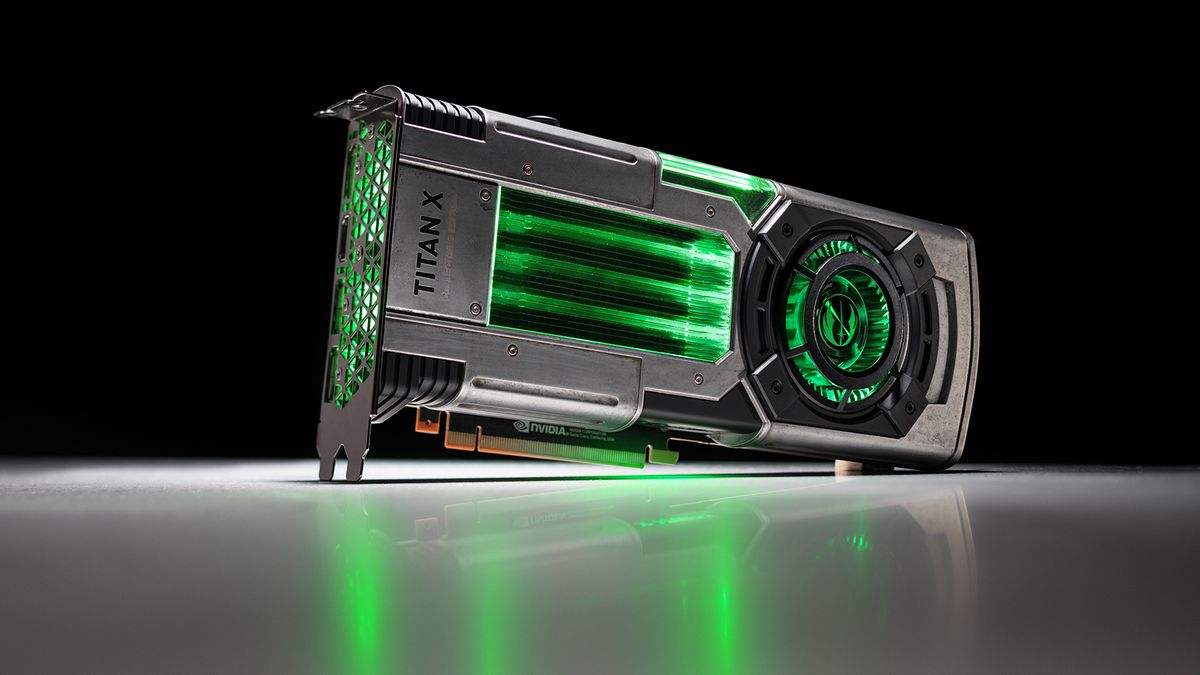
Up until now, Nvidia has been treating ray tracing as an exclusive feature available only to its Turing RTX graphics cards, but now the company is suddenly enabling it on graphics cards as low-end as a GeForce GTX 1060.
On the first day of GDC 2019, Nvidia announced that it will introduce a driver in April that will enable both Pascal and Turing GTX graphics cards to render ray tracing effects using DirectX Raytracing (DXR). The list of supported graphics cards includes both the recently introduced GeForce GTX 1660 Ti and GTX 1660 as well as everything in between a GTX 1060 (6GB) and Titan X.
These Turing and Pascal GTX cards will be able to handle games running with basic RT effects and a low ray count – or, in other words, RTX Low settings – though your mileage may vary with the titles you play.
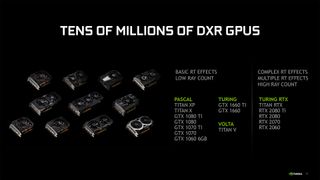
How well does it work?
In our briefing, we were told Battlefield V should run well on most cards and at RTX Medium to High settings due to the game primarily rendering only ray traced-reflections. Meanwhile, certain shadow heavy scenes in Shadow of the Tomb Raider (which still has yet to receive its RTX and DLSS patch) could bog down your GPU.
Metro Exodus is the most punishing of the bunch as it uses ray tracing technology to power its global illumination engine. Nvidia stresses users would see the best experience with an RTX graphics card.
- Picking PC components is a chore, but we'll help you make the right choices
- What about those Intel Graphics Cards though?
- AMD already proved the Radeon VII can ray trace too
According to Nvidia, ray tracing coming to GTX cards was always on its roadmap. However, this statement seems in direct opposition to all of the company’s marketing and figures that previously said ray tracing could never be done on a traditional GPU without dedicated RT Cores.
If anything, it seems like Nvidia is trying to get ahead of the possibility that next-generation consoles – the PS5 and Xbox Two – might feature ray tracing. Nvidia would be in a tight spot if these future consoles could render games with DXR and its high-end, albeit previous generation, graphics cards couldn’t.
Get daily insight, inspiration and deals in your inbox
Sign up for breaking news, reviews, opinion, top tech deals, and more.
In a smaller, related note, Nvidia also announced that it is introducing DXR into the Unreal Engine and Unity. With ray tracing technology being integrated into the two major game engines that powers 90% of the games in the world, we’ll likely (or hope) to see more ray traced-games in the near future.
- Will Intel Graphics Cards support ray tracing out of the gate?
Kevin Lee was a former computing reporter at TechRadar. Kevin is now the SEO Updates Editor at IGN based in New York. He handles all of the best of tech buying guides while also dipping his hand in the entertainment and games evergreen content. Kevin has over eight years of experience in the tech and games publications with previous bylines at Polygon, PC World, and more. Outside of work, Kevin is major movie buff of cult and bad films. He also regularly plays flight & space sim and racing games. IRL he's a fan of archery, axe throwing, and board games.
